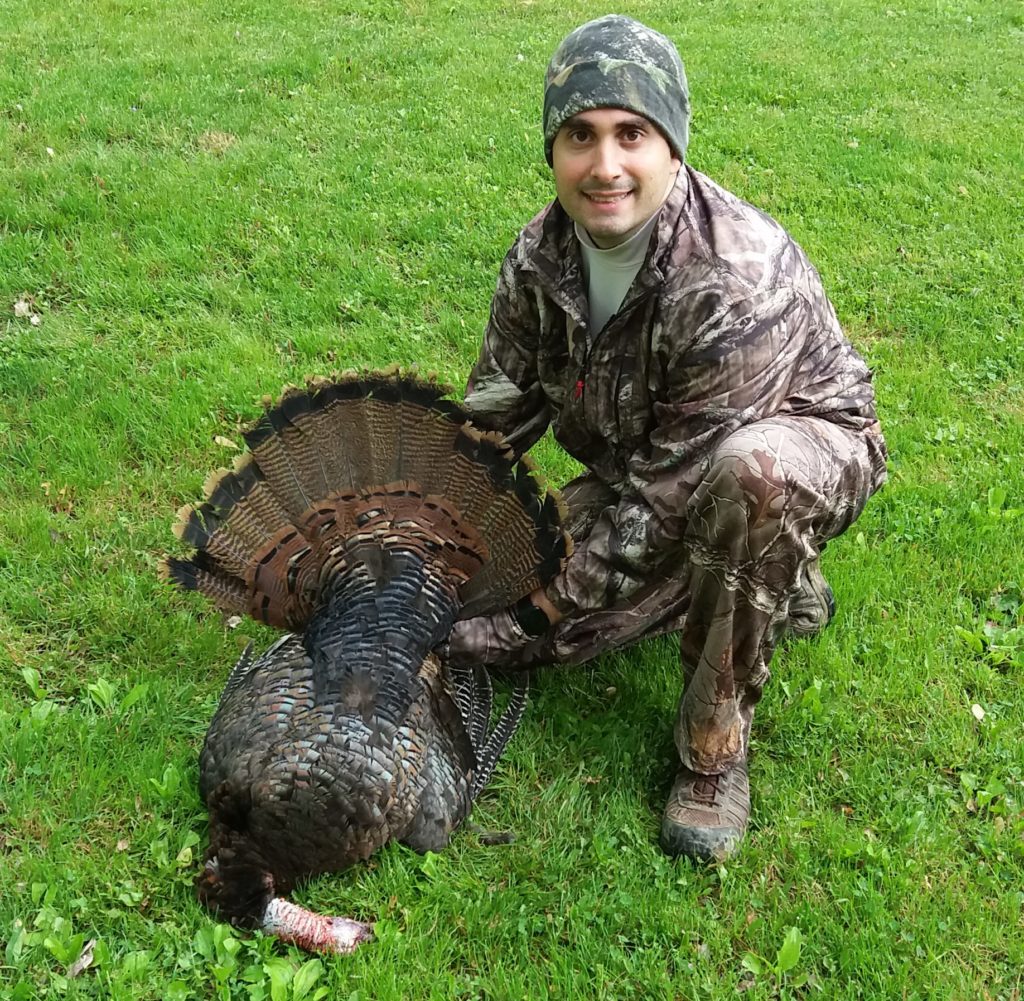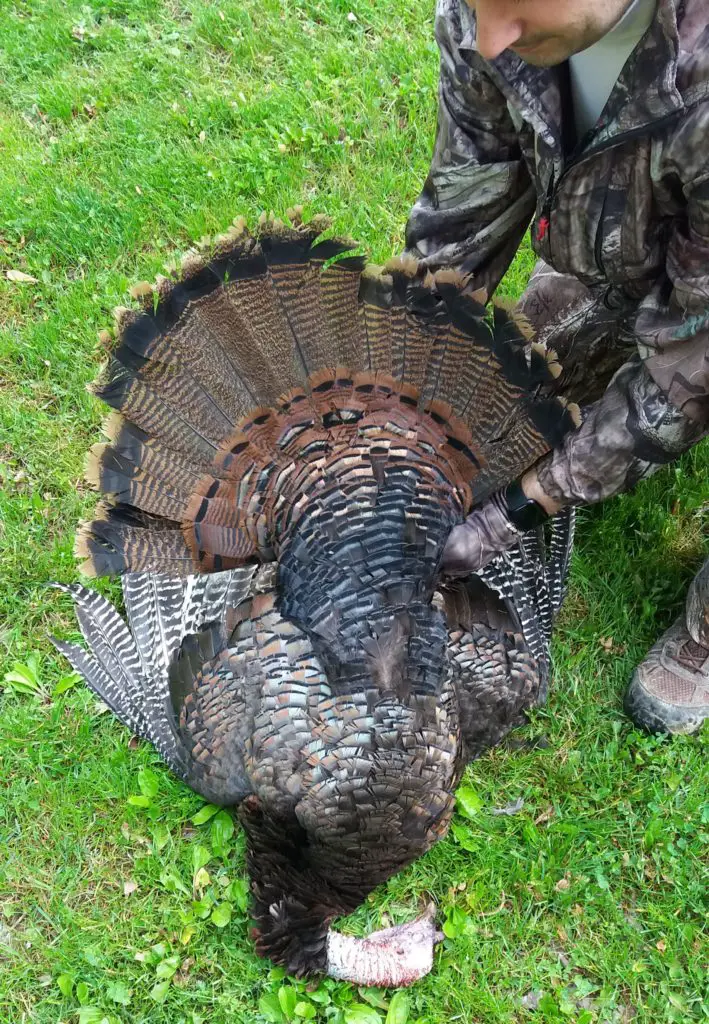Show Notes:
A backpack is one of the most important pieces of hunting gear you can buy, you will likely use it hunting all different types of game, with all different types of clothing, firearms, and footwear. A good pack can literally last half a lifetime and go with you many more places than just the woods. On today’s episode I talk about what are the top five things to look for in a good hunting backpack
Take Aways:
- Concealment. A good backpack must have reasonable concealment. It should be some combination of camouflage, black, brown, or tan. It needs to blend into the woods well during all seasons and not be something that ever gives you away.
- Compartments. The right hunting pack for you should fit your style with the right number and size of compartments. I recommend simple and easy, the fewer pockets you have, the fewer you have to search through in a tree, in the dark, or when every sound and movement matters. But make sure you have a place to easily access a water bottle.
- Comfort. The best backpack for you is one you can wear all day. It shouldn’t be too big or too heavy. It should have good padding on the straps and against your back. And there should be strap adjustments as well.
- Waterproofing. Ideally your pack will be water resistant or water proof. If it’s not, you need to have a water proof backup plan. I keep a big plastic garbage bag inside mine that I can quickly put the pack inside of when needed.
- Cost. When it comes to hunting packs, the sky is the limit for price. But you don’t have to spend hundreds of dollars for a quality pack. The pack that fits you best may not even be a name brand. Set yourself a budget you are comfortable with and find the pack that best meets the above criteria for you.



